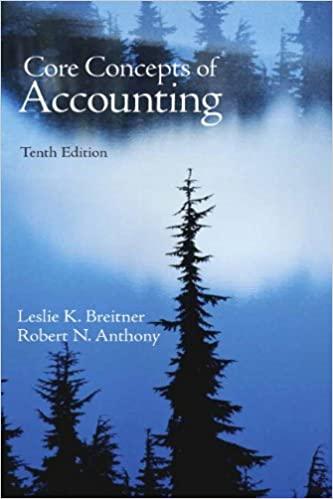-5) Start with the partial model in the file Ch07 P25 Build a Model.xlsx on the textbook's Web el: site. Selected data for the Derby Corporation are shown here. Use the data to answer the ow lel following questions ce a. Calculate the estimated horizon value (i.e., the value of operations at the end of the forecast period immediately after the Year-4 free cash flow). Assume growth becomes constant after Year 3. b. Calculate the present value of the horizon value, the present value of the free cash flows, and the estimated Year-O value of operations. c. Calculate the estimated Year-O price per share of common equity. Edo INPUTS (In Millions) Year Current Projected 0 2 4 Free cash flow -$20.0 $20.0 $80.0 $84.0 Marketable securities $40 Notes payable Long-term bonds $300 Preferred stock $50 WACC 9.00% Number of shares of stock 40 1 3 $100 (7-26) Build a Model: alue Drivers in Free Cash Flow aluation Model resource Start with the partial model in Cho7 P26 Build a Model.xlsx on the textbook's Web site. Traver-Dunlap Corporation has a 15% weighted average cost of capital (WACC). Its most recent sales were $980 million, and its total net operating capital is $970 million. The following table shows estimates of the forecasted growth rates, operating profitability ratios, and capital requirement ratios for the next three years. All of these ratios are expected to remain constant after the third year. Use this information to answer the following questions: a. Use the data to forecast sales, net operating profit after taxes (NOPAT), total net operating capital (OpCap), free cash flow (FCF), growth rate in FCF, and return on invested capital (ROIC) for the next 3 years. What is the FCF growth rate for Year 3, and how does it compare with the growth rate in sales? What is the ROIC for Year 3 and how does it compare with the 15% WACC? b. What is the value of operations at Year 3, V.,? What is the current value of operations, V.,? How does the value of operations at Year 0 compare with the total net operating working capital at Year 3, and what might explain this relationship? c. Suppose the growth rates for Years 2, 3, and thereafter can be increased to 7%. What is the new value of operations? Did it go up or down? Why did it change in this manner? d. Return the growth rates to the original values. Now suppose that the capital requirement ratio can be decreased to 60% for all three years and thereafter. What is the new value of operations? Did it go up or down relative to the original base case? Why did it change in this manner? e. Leave the capital requirement ratios at 60% for all three years and thereafter, but increase the sales growth rates for Years 2, 3, and thereafter to 7%. What is the new value of operations? Did it go up or down relative to the other scenarios? Why did it change in this manner? Estimated Base Case Data for Traver-Dunlap Corporation Forecast Year 1 2 Annual sales growth rate 20% 6% Operating profitability (NOPAT/Sales) 12% 10% Capital requirement (OpCap/Sales) 80% 80% Tax rate 35% 35% 3 6% 10% 80% 35%








